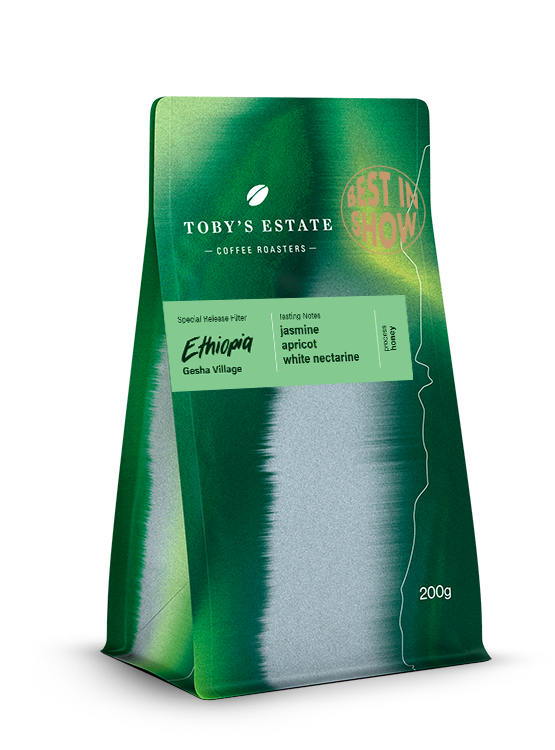Best Coffee Beans For Pour Over Coffee
Pour over coffee is a barista technique for brewing individual cups of coffee in a drip cone. It involves slowly pouring hot water over finely ground beans, which are at the bottom of a filter, and then letting it seep through to the top. The result is smooth-tasting coffee with no bitterness or acidity. We've picked some of our favourite pour over coffees that taste great without any additives. Here's how they rank:
1. Single Origin- Haonga, Tanzania
2. Toby's Estate- Ethiopia Gesga Village
3. Will & Co- Eight-O-Eight Coffee
There are many different styles of coffee you can use, the best style of coffee overall for pour over coffee is single origin. There are however different styles of single origins and we will be going through these day!
Pour over coffee enthusiasts know the importance of using quality beans. Single origin coffees are those that come from a single region or country and showcase the same flavour profile throughout each cup. Single origin coffee is grown in smaller quantities than blends and tends to be more expensive because it's less accessible to the general public, they come from a single region or country and showcase the same flavour profile throughout each cup.
Single Origin- Haonga Tanzania
The single origin Haonga Tanzani blend is made by Single O or single origin coffee roasters. The Single O team have been blending beans since 2003 and have been loved by coffee drinkers since!
The Haonga Tanzania blend has taste notes of, Apple, red current & rooibos tea and is grown at a 1700ml attitude.
A pour further emphasizes this purity over a brew, which highlights the clean flavors. From the medium roast, you can expect a smooth and balanced cup of coffee. The perfect ratio's for brewing with this blend are below.
- Pour Over: 15-20g/ 250g water/ 3:00 mins / 96c
- Batch Brew: 60g-72g/ 1.2L water / overnight / 96c
Toby's Estate- Ethiopia Gesga Village
The Ethiopia Gesha Village blend is made by Toby's Estate coffee roasters who were born in 1997 and have been providing quality coffee to many Australian cafe's and home brewers since!
This blend has notes of jasmine, apricot and nectar all blended together to bring an amazing taste to your mouth... The perfect ratio's for brewing with this blend are below.
- Pour Over: 20-30g/ 250g water/ 3:00 mins / 96c
- Batch Brew: 60g-72g/ 1.2L water / overnight / 96c
Will & Co Eight-O-Eight Coffee
Will & Co coffee roasters were born in 1982 and have been supply local cafes from where they were born in Bondi Australia since, they have also expanded nationally to supply hundreds of Australian Cafe's & home coffee drinkers.
The eight-o-eight coffee blend by Will & Co coffee roasters are carefully sourced from Guatemalan & Brazilian origins in a high altitude. The notes of this blend are caramel, hazelnuts & chocolate best suited with out without milk!
- Pour Over: 25-30g/ 250g water/ 3:00 mins / 96c
- Batch Brew: 60g-72g/ 1.2L water / overnight / 96c
There are many different ways to make pour over coffee, but if you're looking for the best possible cup of joe & get the most flavorful coffee it is important you use the right kind of beans!
Do you already have a favourite blend that you use to make pour over coffee? If so let us know in the comments below!




0 comments